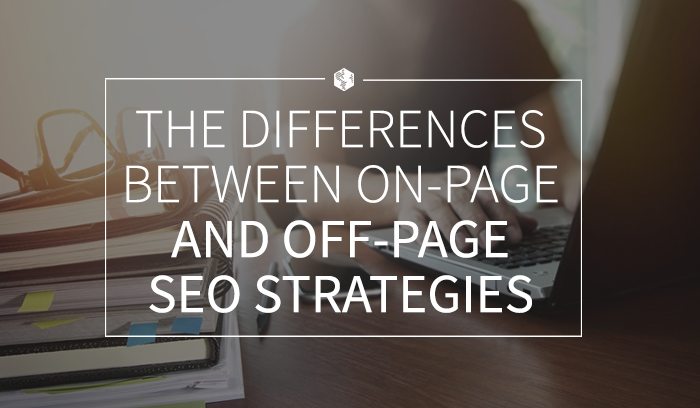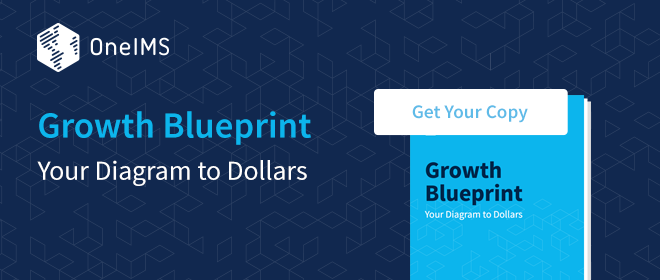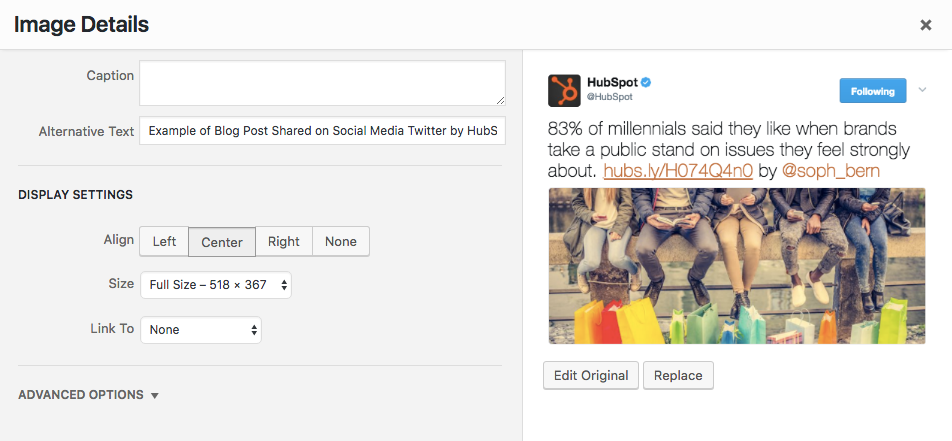Search engine optimization strategies include two main categories: on-page and off-page optimization. Both items are necessary for the success of an SEO campaign, but each requires different steps with unique components. If you want to know how they work, you also need to understand how search engine algorithms work, particularly Google’s.
The simple fundamental difference between on-page and off-page SEO is that on-page SEO governs what you rank for, while off-page optimization determines how high you rank.
Now we’ll get into more details about each aspect.
How On-Page SEO Works
There are many different factors that go into on-page SEO, which involves all of the content on your website. You have direct control over these elements.
Title Tags & Meta Descriptions
It’s important to include a target keyword in the title tag of each page on your website. The title tag is what people will see when they perform a Google search, along with the meta description directly below it. Title tags can help you rank for certain terms, and while meta descriptions don’t affect rankings, you should write a summary for the page that encourages Google users to click on your result.
Headings (H1s and H2s)
There are two main types of headers you’ll want to include for content: H1s and H2s. H1s are the main headings that appear at the top of the page as the title, while H2s are subheadings used to break up content into sections. Subheadings such as H3s and H4s can also appear between sections. You should include target keywords in all headings when natural.
URL Structure
URLs should also contain keywords, but it doesn’t help to change URLs just so they have keywords in them. Instead, you should redirect old URLs to new ones if you want to optimize them.
Image Alt Text
Most content management systems will allow users to customize alt text for images. This text isn’t visible to website visitors like a caption, but is instead used to help blind users understand the content of images, and search engines also scan this content to check for relevant keywords that accurately describe the image. Ultimately, using alt text can help Google and other algorithms understand your page’s content, which can assist with rankings.
Quick Loading Times
If your pages take too long to load because of large images or other media that isn’t optimized, Google is less likely to rank them high in search results. People who visit your website are also more likely to leave your website before the content even loads. The faster your pages load, the more success you’ll have.
Readable and Useful Content
Optimized content isn’t enough to increase leads and sales; people want to be able to read it and learn something. Google can determine if your content is useful for readers, or a simple attempt at ranking.
Internal Links
Linking to other pages on your website within content can help readers along with search engines. Pages connected to other high-ranking pages with well-written content can give them a big boost.
These are simply the on-page elements you need to incorporate in SEO. To take full advantage of SEO capabilities, you need to develop an off-page strategy, too.
Using Off-Page SEO
Off-page SEO helps to further expose your website and establish it as an authority through links that appear on other reputable websites. The more high-quality links you have, the better your website will perform.
There are a few ways to build links to your website, including:
- Creating great content that people share on their own because of its quality
- Social media shares that build links over time
- Outreach emails that influence others and encourage them to link to you
- Guest blogging on other industry-relevant websites, with links to your website within the content
Link quality is unquestionably important, trumping link quantity, which means that your focus should be on creating and publishing great content that spreads through word-of-mouth and other natural means. Buying links is an increasingly outdated practice that may result in penalties more than success.
Both of these main SEO components are important. They work together equally to help your website rise to the top in rankings. However, you may want to focus on on-page elements before moving onto off-page SEO. Developing an even balance between the two is a great way to ensure that your website excels.


































